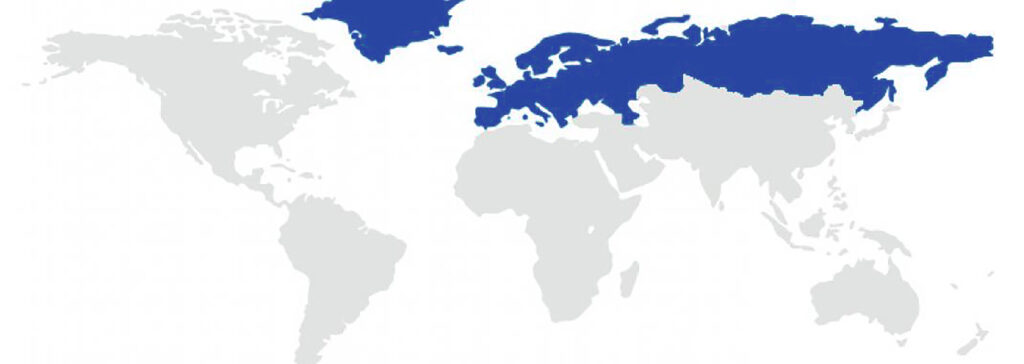VISION 2035
We aim by the year 2035, to have had 3 out of 10 companies in each of the major cities that we operate in, as our customer in one way or another as we expand rapidly through the years in various business segments and solutions.


OUR HOPE FOR AFRICA
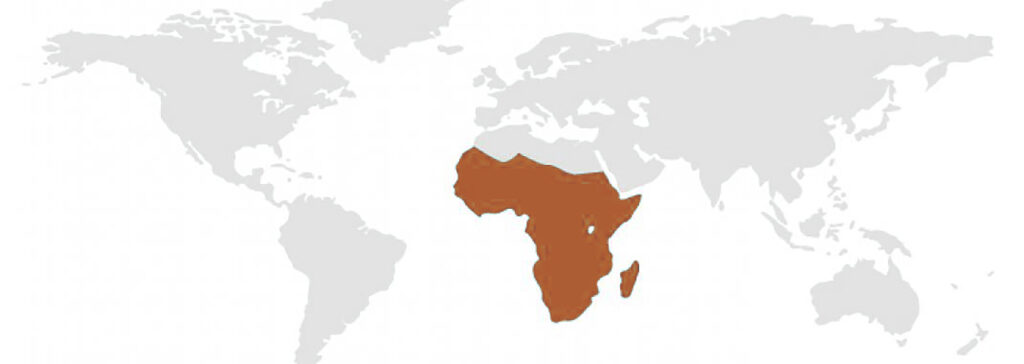
Based on current projections, the continent’s population of nearly 1.2 billion people will rise to 2.5 billion by the middle of this century. This is at once a topic that lends itself to lots of fear-mongering and racism as well as disinterest and neglect that none of which the world can afford. That is because how Africa’s population evolves, and how the continent’s economies develop, will affect nearly everything people near and far assume about their lives today. The practical solutions for Africa are threefold. First, agriculture, not industry, is the key to providing work for the hundreds of millions of Africans to come. The second pillar is education. Here again, every self-described African partner should be redoubling its investments, in good measure for reasons of self-interest.Finally, Africa and its foreign partners must greatly accelerate ways to remove barriers that still hinder the movement of people, goods and capital between the continent’s many small and divided markets. There has been some encouraging news on this front lately with the launch of the African Continental Free Trade Area (ACFTA),an agreement that aims to create a common market.
THE NEXT PHRASE OF GLOBALIZATION IN ASIA
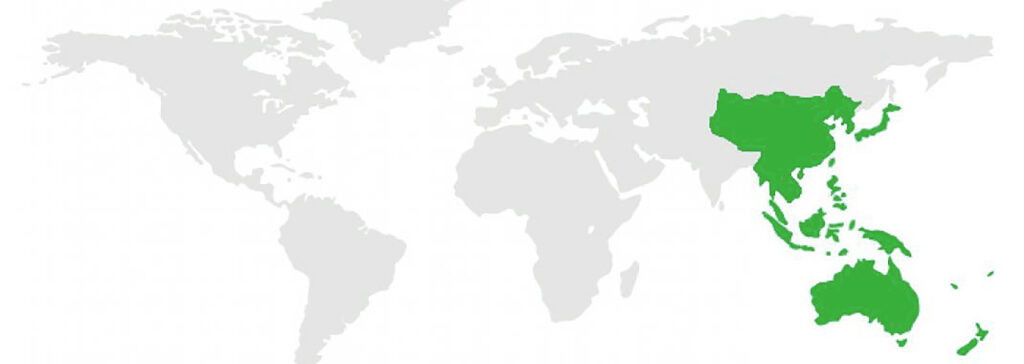
Asia is increasingly the center of the world economy. By 2040, the region could account for more than half of global GDP and about 40 percent of global consumption. Global cross-border flows are shifting towards Asia on seven of eight dimensions, and the region’s growth is becoming more broad-based and sustainable as its constituent economies increasingly integrate with each other. This is a diverse region, but its different parts have complementary characteristics, and powerful networks are developing within Asia. Patterns of globalization are shifting, and these shifts are occurring faster in Asia than elsewhere, suggesting that more than any other region, Asia could shape the way globalization unfolds in the years to come.


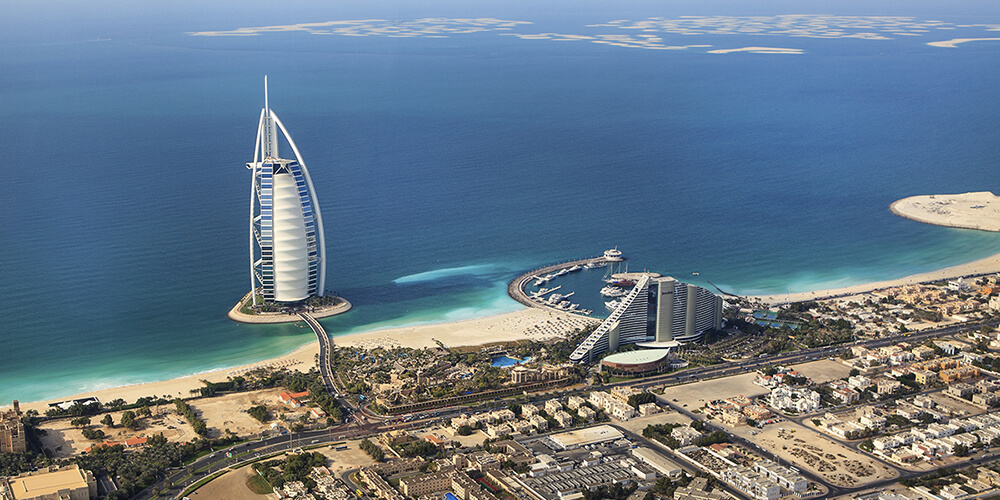

SHIFT OF POWER IN MIDDLE EAST & NORTH AFRICA (MENA)
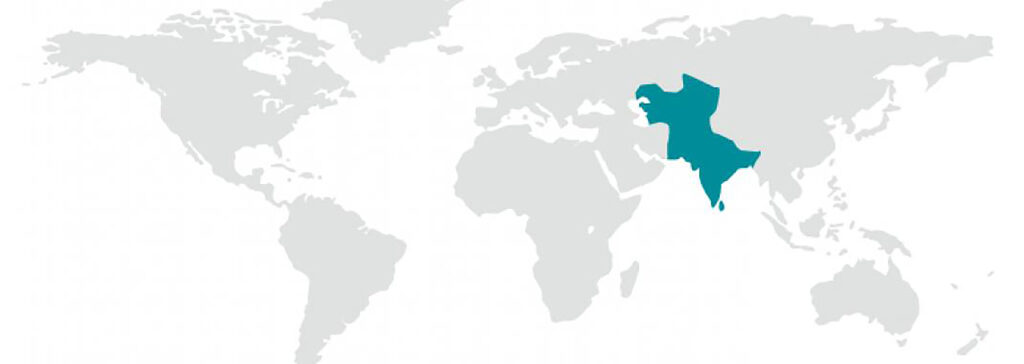
The Middle East is still in flux and will remain so for some time, it will possibly be another decade before the ultimate power balance is reached. Policy makers of Iraq and the KRI who wish to pursue paths of their own design, must look carefully at the trends in power dynamics and the policies of the global and regional powers before designing their strategies. The buzzing metropolises that have sprung from the deserts of the Gulf in a matter of decades have today become global hubs of innovation and investment. Saudi Arabia, Kuwait, the U.A.E. and Qatar now count among the richest countries in the world in terms of GDP per capita. And as governments and private sector players continue to plough money into the startups, infrastructure and new technologies that are set to further boost economies and change the world, the Middle East is determined to be a leader, not a follower, when it comes to the future of business and finance.
QUESTION ABOUT NORTH & SOUTH AMERICA
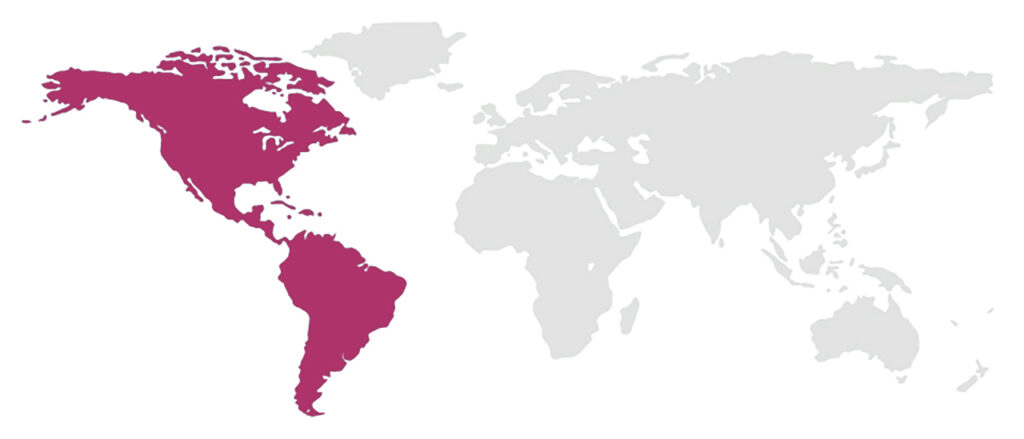
Americans are narrowly hopeful about the future of the United States over the next 30 years but more pessimistic when the focus turns to specific issues, including this country’s place in the world, the cost of health care and the strength of the U.S. economy. Countries in South America are poised for growth in certain sectors and industries, creating the opportunity for new and aspiring entrepreneurs to launch many new business ideas. Business Ideas for South America. Latin America is showing signs of growth following a six-year downturn. One factor is a rise in commodity prices, the backbone of economies across the region. Another is renewed vitality in some Latin American business sectors, and a third is the prospect of stability after years of turbulence. The International Monetary Fund is particularly bullish about Argentina and Chile, but growth is expected across the region




A WEARY EUROPE
